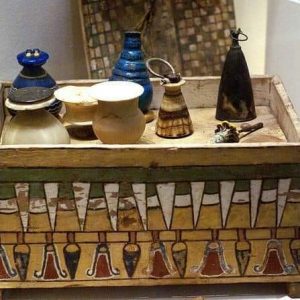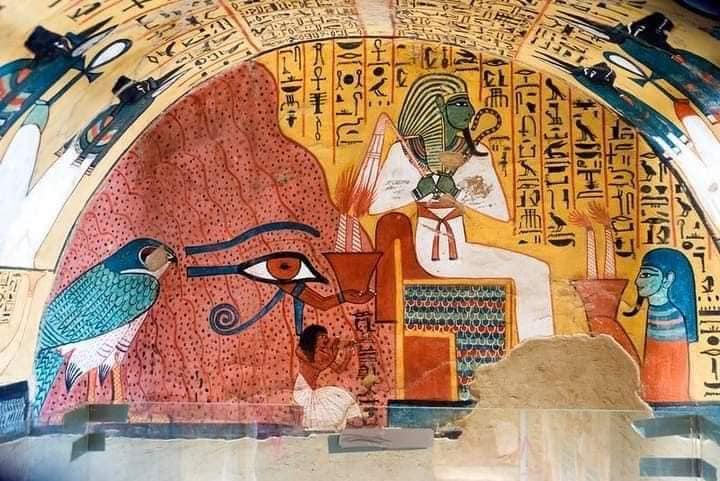
We are all used to knowing the ancient Egyptians as a people of extremely advanced civilization, in-laws, justice, and beauty. That’s right: the Egyptians possessed the cult of beauty, both as regards skincare and make-up, which at the time was prepared with natural substances through artisanal tools.
How can we forget, in this regard, Queen Cleopatra, charmer and culture of the well-being of the body? Let’s find out the 10 beauty secrets of her that are still valid today and that you absolutely must know.
1. Bubble bath with crocodile dung and donkey milk.
No, it is not a joke! Cleopatra used crocodile dung mixed with donkey milk for her beauty baths. It is certainly not repeatable (unless you want to try!), But the secret of donkey milk is, however, to keep in mind because it softens the skin and makes it silky.
2. Bath with milk and honey.
Certainly more practicable remedy than the previous one. The Egyptians used honey dissolved in milk to ensure skin free from dead cells thanks to lactic acid and free from infections and bacteria (as well as being very soft and nourished) thanks to the properties of honey.
3. Cleopatra’s bath in Dead Sea salts
Queen Cleopatra greatly enjoyed bathing in the Dead Sea waters, so much so that it is said that she organized trips to that sea on purpose. Still famous for their properties, these salts smooth the skin and fight water retention, but today they are sold in herbal and perfumery shops.
4. Facial masks with fenugreek seeds
Another remedy widely used by Egyptian noblewomen for the smoothness of the face was to prepare face masks based on fenugreek seeds, which are now on the market in the form of supplements or to flavoursome dishes. A curiosity: Egyptian women thought that drinking tea enriched with these seeds helped increase the breasts’ volume.
5. Face scrub with henna.
The ancient Egyptians used henna extensively on their hair to dye and protect them and on the face, mixed with cedar oil to purify it and free it from bacteria. To follow the same recipe and obtain the same results, the idea is to use neutral Persian henna, which does not dye and fights pimples and imperfections.
6. Almond oil as a natural anti-wrinkle.
Almond oil was another secret of Egyptian women, who used it as a moisturizer and elasticized for the skin of the face and body (qualities that are still recognized today), and a useful anti-ageing remedy.
7. Coconut butter to discipline the hair.
At the time of the ancient Egyptians, there were certainly no gels or modelling pastes for the hair. No problem: Egyptian men and women used coconut butter, nourishing and disciplining the hair for the same purpose.
8. Aromatic oils to stimulate hair regrowth.
The ancient Egyptians (and Cleopatra) had a real obsession with hair, which had to be thick and healthy. To obtain this result, very often, the head was sprinkled with aromatic oils such as sandalwood, cedar, and myrrh, which strengthen the hair bulb, favouring hair regrowth.
9. Handyman aloe gel.
We seem to have discovered the panacea for all ills in aloe, but in reality, this plant was well known already in the time of Cleopatra, who used aloe vera gel to heal wounds, abrasions, small burns, and for the beauty of the face and body.
10. Cleopatra’s makeup
Finally, a look at the ancient Egyptians’ makeup used natural powders to dye their hair, nails, and eyes. The hair was dyed with henna (also used to “tan” the face), while the nails and eyelids were dyed with saffron. The eyebrows were emphasized with burnt almond powder, while Cleopatra used red ocher mixed with almond oil to dye her lips. And how can we forget the Kohl black galena powder that was inserted into her eyes with a stick? Ancient wisdom for remedies that are still valid today.


Comment (0)